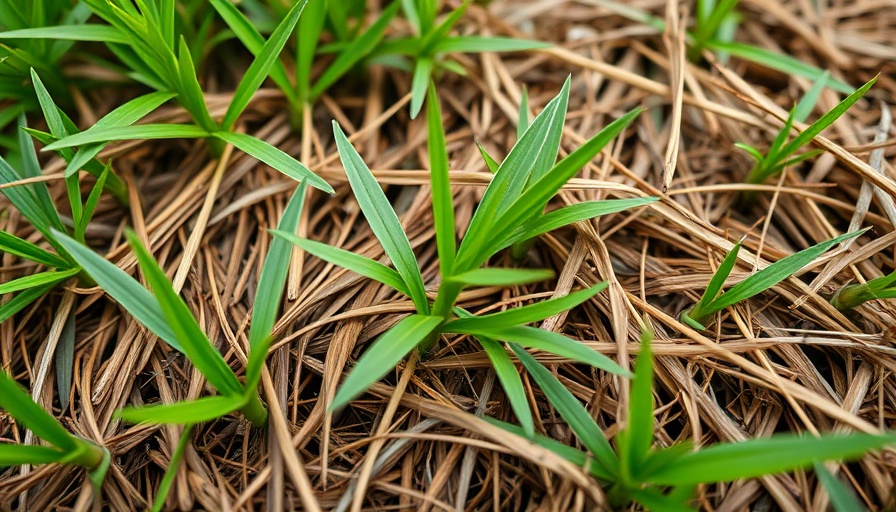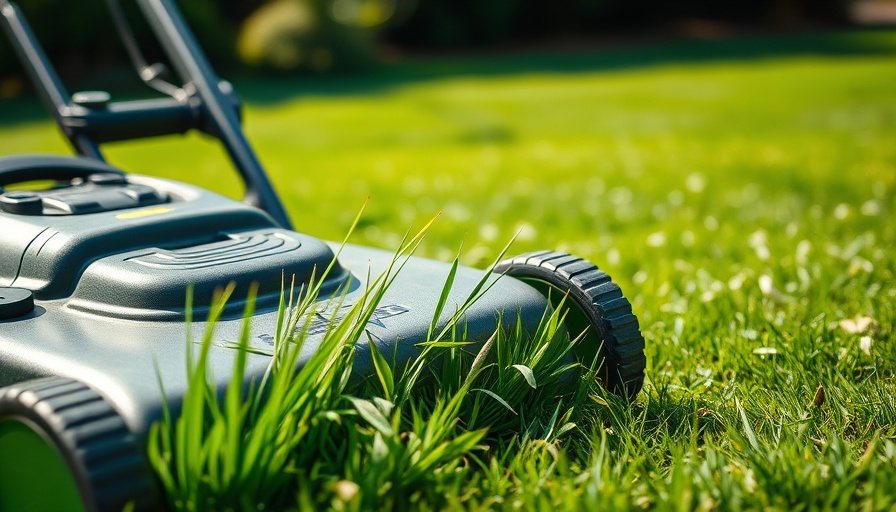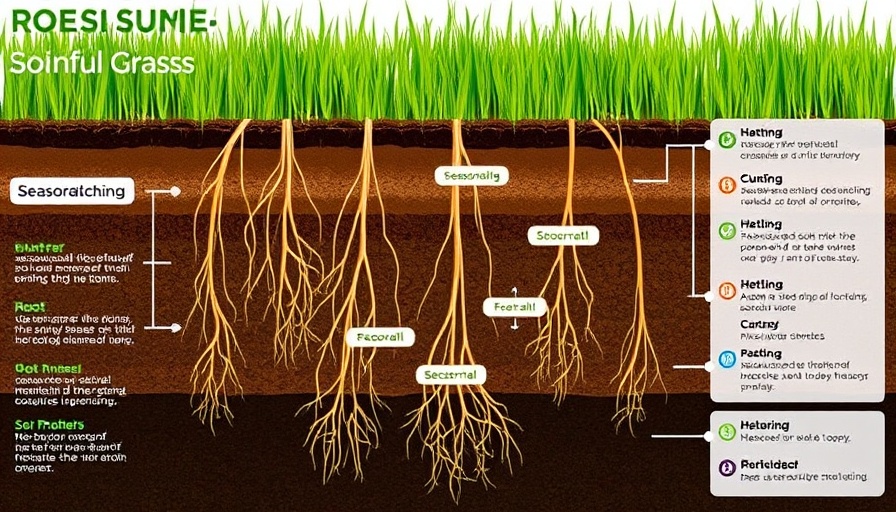
Understanding Doveweed: A Nuisance in Your Lawn
Doveweed, scientifically known as Murdannia nudiflora, is a pesky invasive weed that closely resembles turfgrass, making it challenging for many homeowners to identify. With its subtle blue to purple flowers and waxy broad leaves, doveweed can easily blend into your lawn before you even realize it's taken root. Predominantly found in the southeastern United States, this tropical invader thrives during the warmer months, consistently resurfacing each summer. Recognizing doveweed is crucial as it can rapidly dominate and even suffocate your established turf, so timely identification and management are essential to maintain your lawn's health.
Spotting Doveweed: Key Identifiers
Identifying doveweed can be a tricky endeavor due to its striking similarity to common lawn grasses like St. Augustinegrass. However, a keen eye can discern its unique traits. The small, distinct purple flowers are the most reliable feature for identification. Moreover, doveweed emits an unusually sweet fragrance, akin to bubblegum, which can help distinguish it from your regular turfgrass. If unsure, consulting with a lawn care professional can provide clarity and aid in gauging the severity of an infestation.
Historical Context and Background
Doveweed has surged from its origins in the tropical regions of Asia to becoming a widely naturalized species in the southeastern United States. Its adaptability and rapid growth have allowed it to establish itself firmly in suburban environments. Historically, it was used in medicinal applications due to its diverse properties, yet today it is primarily known for its unwelcome presence in lawns. Understanding its background provides valuable insights into its tenacity and offers perspective on why controlling this weed is critical.
Effective Management: How to Combat Doveweed
Once you've confirmed an infestation, addressing doveweed effectively requires employing a post-emergent herbicide. It's imperative to adhere to instructions meticulously, wearing protective gear to shield your eyes and respiratory system. There are non-selective or selective herbicide options available, and choosing the right one depends on your lawn's specific needs. Remember, mowing doveweed can inadvertently aid its spread due to its ability to propagate via stolons, so strategic, chemical intervention is recommended to prevent widespread contamination across your lawn.
Future Predictions and Trends
As lawns adapt to changing climates and increasing temperatures, the prevalence of doveweed in suburban landscapes could potentially escalate. With summers extending longer each year, the window of growth for doveweed expands, demanding more vigilant care and innovative management solutions. Lawn care aficionados may need to explore advanced herbicides or more sustainable, eco-friendly weed control methods to counteract this growing threat.
Actionable Insights: Safeguarding Your Lawn
To protect your lawn effectively, it’s important to integrate regular visual inspections into your lawn care regimen. Familiarize yourself with doveweed’s characteristics to ensure early detection. Proactive treatment with appropriate herbicides, combined with expert guidance, can maintain your lawn’s vigor and prevent doveweed from compromising your outdoor spaces.
 Add Row
Add Row  Add
Add 


 Add Row
Add Row  Add
Add 

Write A Comment